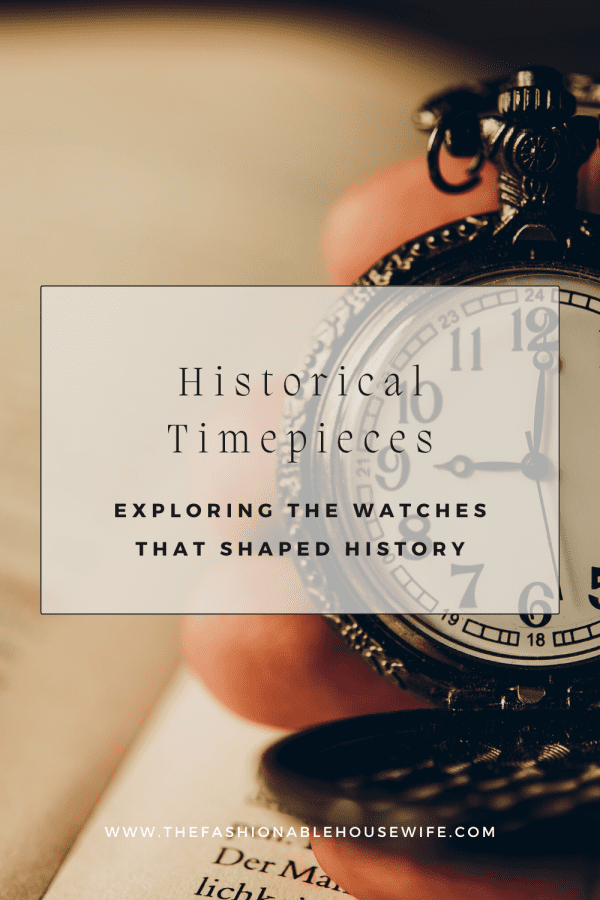
The wristwatch, often seen merely as an accessory in the modern age, was once a critical instrument of precision and prestige. Over time, these timekeepers have evolved, influencing culture, politics, and even science. This article seeks to voyage through the annals of history, spotlighting a selection of watches that have indelibly shaped its course.
The Origins: The First Watches
The journey of the wristwatch began not on the wrist, but in the pocket. Pocket watches, popularised in the 16th century, became an essential tool for the European elite. Their opulence and craftsmanship symbolized stature and authority.
The Nuremberg Eggs, created by Peter Henlein in the early 1500s, were among the earliest portable timepieces. Despite being relatively imprecise by today’s standards, their ability to track hours while on the move was groundbreaking for the era.
World War I and the Advent of Wristwatches
With the onset of World War I, there arose a pressing need for soldiers to coordinate operations efficiently. Rummaging for a pocket watch in the trenches wasn’t feasible, leading to the adaptation of these timepieces into wristwatches. These “trench watches”, rugged and utilitarian, laid the groundwork for the popularity of wristwatches among men.
The Horological Innovations of Rolex
Rolex is undoubtedly one of the most recognizable brands in the world of luxury watches. Their contributions to horology are significant. In 1926, Rolex introduced the Oyster, the first truly waterproof watch. This innovation allowed timekeeping to transition from land to sea, with divers and sailors now being able to track time underwater.
Their 1931 invention, the Oyster Perpetual, introduced the world’s first self-winding mechanism with a Perpetual rotor, heralding a new era of convenience in timekeeping.
The Moon Landing: Omega’s Speedmaster
1969 stands as a monumental year in human history due to the Apollo 11 moon landing. Amidst this celestial backdrop, the Omega Speedmaster Professional gained eternal fame as the first watch on the moon. Selected by NASA for its robustness and reliability, the “Moonwatch” solidified its place in the annals of both horological and space-faring history.
Quartz Revolution: Seiko’s Global Impact
In the 1970s, Seiko from Japan unveiled the Quartz Astron, marking the beginning of the Quartz Revolution. This novel technology was monumentally more accurate than its mechanical counterparts and was cheaper to produce. The Swiss watchmaking industry faced a significant challenge, as quartz watches rapidly grew in popularity. The era redefined the market, pushing many traditional watchmakers to adapt or fade.
Watches as an Investment
Fast forward to the present, and watches have transcended their primary function as mere timekeepers. They’re now viewed as art, investment, and emblematic of personal style. Companies like the Watch Exchange London have risen in prominence, underlining the value and demand for vintage and luxury watches. Such platforms provide enthusiasts the opportunity to own (or sell!) a piece of history, further solidifying watches’ enduring cultural significance.
In Conclusion
The journey of watches from practical tools to revered artifacts is a testament to human innovation and appreciation for the craft. As we honor these historical timepieces, we recognize not just the chronology of hours and minutes, but the monumental moments of human history they’ve witnessed and shaped.







